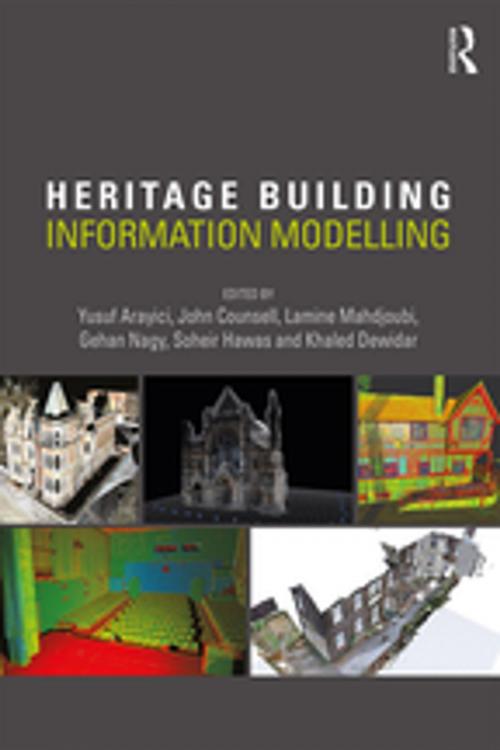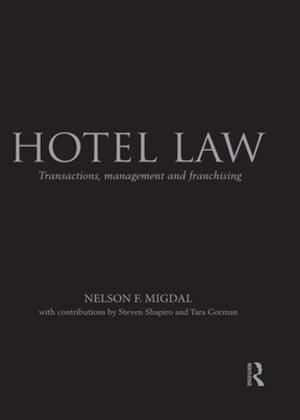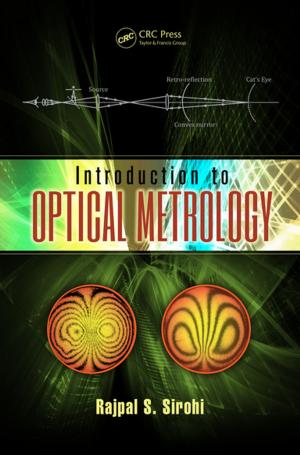Heritage Building Information Modelling
Nonfiction, Art & Architecture, Architecture, Methods & Materials, Public, Commercial, or Industrial Buildings| Author: | ISBN: | 9781317239758 | |
| Publisher: | CRC Press | Publication: | February 10, 2017 |
| Imprint: | Routledge | Language: | English |
| Author: | |
| ISBN: | 9781317239758 |
| Publisher: | CRC Press |
| Publication: | February 10, 2017 |
| Imprint: | Routledge |
| Language: | English |
Building Information Modelling (BIM) is being debated, tested and implemented wherever you look across the built environment sector. This book is about Heritage Building Information Modelling (HBIM), which necessarily differs from the commonplace applications of BIM to new construction.
Where BIM is being used, the focus is still very much on design and construction. However, its use as an operational and management tool for existing buildings, particularly heritage buildings, is lagging behind.
The first of its kind, this book aims to clearly define the scope for HBIM and present cutting-edge research findings alongside international case studies, before outlining challenges for the future of HBIM research and practice.
After an extensive introduction to HBIM, the core themes of the book are arranged into four parts:
- Restoration philosophies in practice
- Data capture and visualisation for maintenance and repair
- Building performance
- Stakeholder engagement
This book will be a key reference for built environment practitioners, researchers, academics and students engaged in BIM, HBIM, building energy modelling, building surveying, facilities management and heritage conservation more widely.
Building Information Modelling (BIM) is being debated, tested and implemented wherever you look across the built environment sector. This book is about Heritage Building Information Modelling (HBIM), which necessarily differs from the commonplace applications of BIM to new construction.
Where BIM is being used, the focus is still very much on design and construction. However, its use as an operational and management tool for existing buildings, particularly heritage buildings, is lagging behind.
The first of its kind, this book aims to clearly define the scope for HBIM and present cutting-edge research findings alongside international case studies, before outlining challenges for the future of HBIM research and practice.
After an extensive introduction to HBIM, the core themes of the book are arranged into four parts:
- Restoration philosophies in practice
- Data capture and visualisation for maintenance and repair
- Building performance
- Stakeholder engagement
This book will be a key reference for built environment practitioners, researchers, academics and students engaged in BIM, HBIM, building energy modelling, building surveying, facilities management and heritage conservation more widely.















